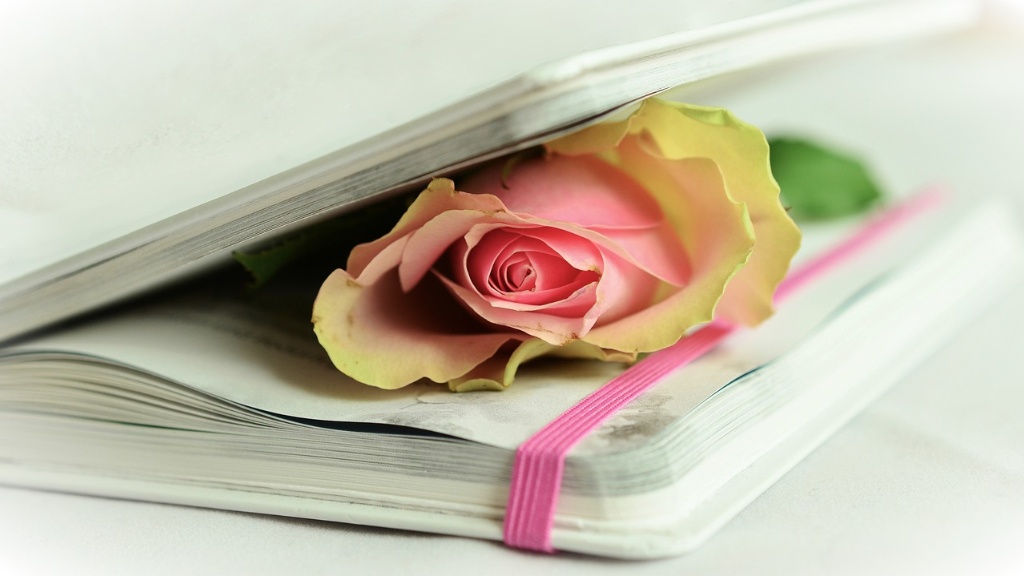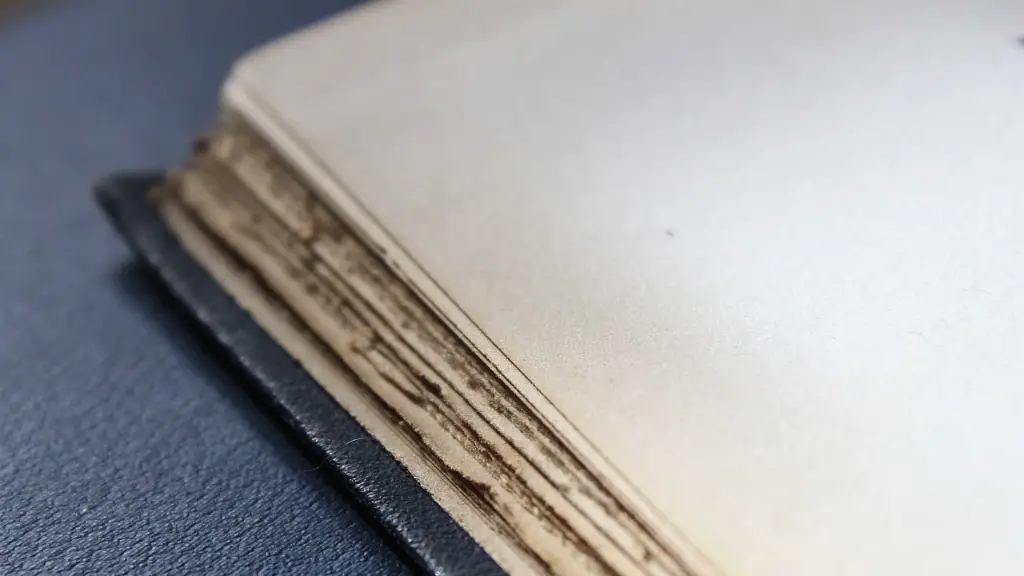Definition of Lyricism
Lyricism is defined as the expression of emotion or feeling through words, music, and other forms of communication. In poetry, it is a combination of the sound and sense of words that captures and conveys ideas, feelings and experiences. Lyricism is based on quality, not quantity. It’s not about the number of lines or how many words a poet uses, but how those words blend together to create meaning.
Purpose of Lyricism
The purpose of lyricism in poetry is to evoke emotion and provide insight into a poet’s underlying thoughts and feelings. It can range from short and snappy to long, intricate, and profound. It relies on the skill and creativity of the poet to craft words that are captivating and thought-provoking. Lyricism is used to communicate feelings and themes in a unique way than everyday language. Through varying levels of articulation, poetry has the unique ability to communicate in ways that reach beyond the surface level of words.
Types of Lyricism
There are a variety of types of lyricism in poetry, each with its own unique style and purpose. Concrete poetry is a type of lyrical poetry that’s structured around shapes, images and symbols to convey a particular meaning. This type of poetry is designed to express a single emotion, thought or idea in succinct and powerful way. Narrative poetry is another type of lyricism, focused on storytelling and often told in the form of ballads, epics and other long-form poetic works. Other types include free verse, haikus and other poetic forms.
Components of Lyricism
In order for a poem to be effective and capture the essence of lyricism, it must have certain components that are consistent in all forms of poetry. These components are the melody, the language and the structure. Melody is the rhythm used to create a pleasing and meaningful sound. the language used should be precise and evoke emotion and provide clarity to the poem. Lastly, the structure should be consistent throughout the poem and should be well-crafted to convey the full meaning of the work.
Techniques of Lyricism
To effectively capture the essence of lyricism in poetry, there are certain techniques that poets employ. The use of metaphors, similes and other figures of speech can create powerful imagery that adds vividness to the poem. Repetition can also be an effective technique for highlighting or emphasizing certain ideas or themes presented in the poetry. Other techniques such as rhetorical questions, personification, and alliteration can be used to further emphasize the meaning of the poem.
Examples of Lyricism
Some well-known examples of lyricism in poetry include works by William Shakespeare, Alfred Lord Tennyson and Maya Angelou. William Shakespeare’s Sonnet 18 is a prime example of lyricism with its vivid imagery and powerful sentiment. Similarly, Alfred Lord Tennyson’s In Memoriam is perhaps the epitome of lyricism, with its intricate and heartfelt musings. Maya Angelou’s Still I Rise is another example of lyricism in its most effective form, with its profound and moving words.
Analysis of Lyricism
Lyricism in poetry has the power to express deeper feeling and understanding than most forms of communication. By using metaphors, similes, repetition and other rhetorical devices, lyricism in poetry can capture the essence of a feeling or a thought in a unique and precise way. Lyricism is not about quantity, but about quality – about capturing and conveying ideas and emotions in the most precise and powerful way possible.
Importance of Lyricism
The importance of lyricism in poetry is that it allows the poet to express thoughts and feeling in an evocative and beautiful way. Through its intricate nature, lyricism in poetry can convey powerful messages and bring insight and understanding to the reader. Lyricism can also be used to create vivid imagery and provide a deeper understanding of the subject being discussed. Ultimately, lyricism in poetry is a powerful tool that can be used to convey emotions and provide insight in a powerful and impactful way.
The Role of Music
The role of music in lyricism in poetry is often overlooked but it is an important feature that can greatly enhance the effect of a poem. Music can be used to highlight and emphasize certain aspects of a poem, as well as provide a sense of rhythm and flow that can bring out the best in a poem. Music can also be used to provide a background to a poem, creating a setting that evokes emotion. Ultimately, the use of music in lyricism in poetry can enhance the effect of a poem and bring out the best in the poem.
Rhyme in Lyricism
Rhyme has long been used in lyricism in poetry and it is an effective way of emphasizing certain words in a poem. Rhyme is a tool used to bring together the sound and sense of a poem and it can be used to provide a sense of unity and harmony throughout a work. When used effectively, rhyme can add emphasis to certain words and create a memorability that can last long after a poem has been read.
Emotional Triggers in Lyricism
Emotional triggers are often used to create powerful and evocative lyrics. By evoking certain emotions, an emotional trigger can be used to bring out the underlying sentiment in a poem and create a powerful effect. Emotional triggers can be anything from a certain phrase, a certain idea or metaphor, or even just a tone of voice. When used effectively, it can bring out an emotion that is greater than the individual words of the poem.


